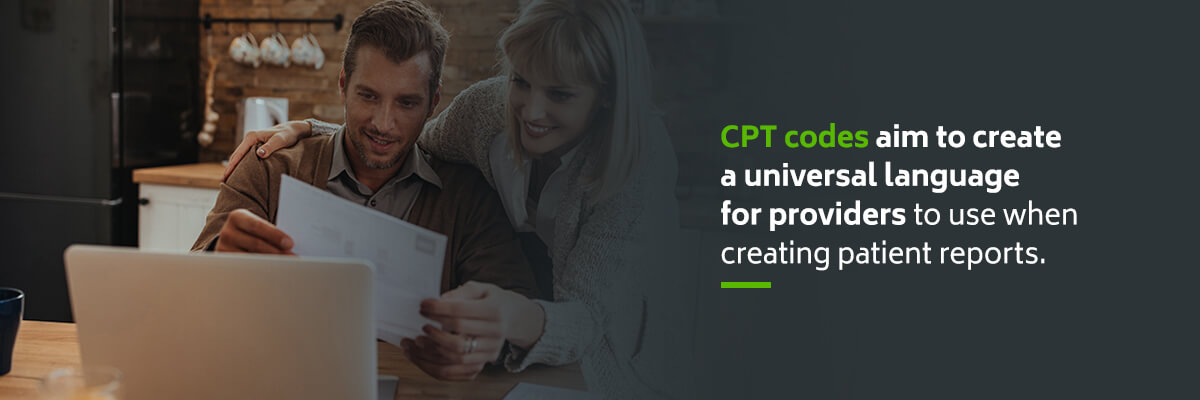Mental Health Billing Tips for 2022
When you provide mental health care to your clients, your goal is to give the best treatment possible. You also want insurance companies to reimburse you on time for the services you provide. Ideally, you won't have to fix errors or negotiate with the providers.
Whether you work for a small practice or as part of an extensive health system, you might not have a dedicated staff that focuses on mental health billing and uses the correct codes each time. Understanding the billing process' complexities and learning about methods to unravel them can help streamline the billing process and speed up the time it takes you to get paid for providing behavioral health services.
Table of Contents
- Why is Mental Health Billing so Complicated?
- Using CPT Codes for Mental Health Billing
- Maneuvering Telehealth Billing
- Avoiding Claim Denials
Why Is Mental Health Billing So Complicated?
One of the main complications of mental health billing is the amount of variation in the process. When a person visits a health provider for a routine physical exam, the professional will most likely check their blood pressure, listen to their heart rate and order bloodwork. The tests and procedures would be identical regardless of which primary care provider a person sees.
In mental and behavioral health care, there's more room for variation. A patient who sees one therapist might get a completely different treatment than if they saw another, particularly if the two counselors use different approaches to providing mental health care. For instance, one might be a licensed social worker and the other a certified marriage and family therapist. One might use cognitive behavioral therapy with patients. The other might use experiential therapy.
Another reason mental health billing can be complicated is the persistent stigma about behavioral health care. Insurance companies can be more likely to require pre-authorization before agreeing to cover specific mental health treatments, adding another layer of complexity to the process.
Using CPT Codes for Mental Health Billing
When you file billing paperwork, insurance companies typically expect you to use current procedural technology codes. CPT codes aim to create a universal language for providers to use when creating patient reports. Since the codes are universal, there's less risk that one provider will mistake the other's meaning during communication. Insurance companies also use CPT codes when filing claims and making decisions about reimbursement.
Three categories of five-digit CPT codes exist. Codes in category 1 are the most prevalent, and divide into six subsections:
- Evaluation and Management
- Medicine
- Surgery
- Radiology
- Anesthesiology
- Pathology and Laboratory
As a mental health care provider, you're most likely to use the codes in the first section. A few examples include the following.
- 90791: To bill for an intake session, you'd use code 90791.
- 90832: Use code 90832 to bill for a 30-minute psychotherapy session with a patient.
- 90834: To bill for a 45-minute psychotherapy session with a patient, use code 90834.
- 90837: Use code 90837 for a 60-minute psychotherapy session with a patient.
- 90846: Use this code to bill for a family therapy session without the patient present.
- 90847: 90847 is the code to use if you bill for a family therapy session that the patient attends.
- 90839: Use 90839 if you provide a 60-minute psychotherapy session to a patient experiencing a crisis.
Besides using the correct code when you submit a claim, the patient's medical health record must specifically support its use. When using evaluation and management codes, the patient's record needs to have the following.
- Patient history: The patient history section should include details about the patient's current illness, a review of their symptoms and their family history. It's also crucial to include social history in this section.
- Examination: The examination section details the type of exam you performed, along with a description of the issue and the patient's demeanor.
- Medical decision-making: The decision-making section outlines the diagnoses you made and the treatments you documented in the encounter with the patient. It should also discuss the risk of complications from any treatments.
Maneuvering Telehealth Billing
Due to the COVID-19 pandemic, telehealth services for mental health care have become increasingly common. If you see patients for telehealth visits, you must bill correctly to minimize denials and speed up reimbursement.
Typically, the best way to manage telehealth billing is to use the appropriate category 1 evaluation and management code — such as 90832 for a 30-minute session — alongside the correct place of service code and telehealth modifier. It's also a good idea to verify that your practice is in-network for telehealth visits with the insurance provider. With the COVID-19 pandemic, many insurance providers simplified the telehealth process, or allowed for telehealth coverage where they previously didn't.
Avoiding Claim Denials
Claim denials can keep you from getting paid for the services you offer or slow down the process. Before submitting claims, it's essential to dot every I and cross every T to make sure there are no errors. Here are some typical mistakes that can trigger a claim denial.
- Incorrect patient insurance and coverage: Before you see clients, verify their insurance information and double-check that their plans will cover the services you offer. Along with checking patients' insurance coverage, it's also critical to confirm that you have the correct information for them. For example, some patients have similar names, so you want to make sure you're filing the claim for the right person.
- Incorrect CPT codes: The American Medical Association issues and updates CPT codes fairly regularly. Having the most up-to-date set of codes will minimize the chance of inputting the wrong one when you file a claim.
- Inaccurate time-based codes: If you see a patient for 30 minutes but use the code for a 45-minute session, that can lead to a denial. Always confirm that the time matches the code.
- Delayed filing: It's vital to submit your claims to insurance before the deadline. Filing late can lead to delays or cause the insurance company to turn you down.
Request a Free Trial of ICANotes Today
ICANotes' mental health billing software can simplify the billing process for your practice. Our software can integrate with your current clearinghouse or billing provider, or you can choose to use it with one of our partners. Contact us today to learn more and to request a free trial.
Related Posts
Billing Pitfalls for Mental Health Clinicians
What Is the Difference Between a Clearinghouse Rejection and a Payer Denial?
Biggest Challenges Behavioral Health Clinicians Will Face in 2021
Sources
- https://www.apa.org/ptsd-guideline/patients-and-families/cognitive-behavioral
- https://www.aetna.com/health-care-professionals/covid-faq/telemedicine.html
- https://www.cms.gov/newsroom/fact-sheets/medicare-telemedicine-health-care-provider-fact-sheet
- https://neolytix.com/psychotherapy-medical-billing-coding-guide-for-2021/
- https://therathink.com/beginners-guide-to-mental-health-billing/
- https://denmaar.com/behavioral-health-billing-guidelines/
- https://fixmyclaim.com/3-tips-for-mental-and-behavioral-health-billing/


